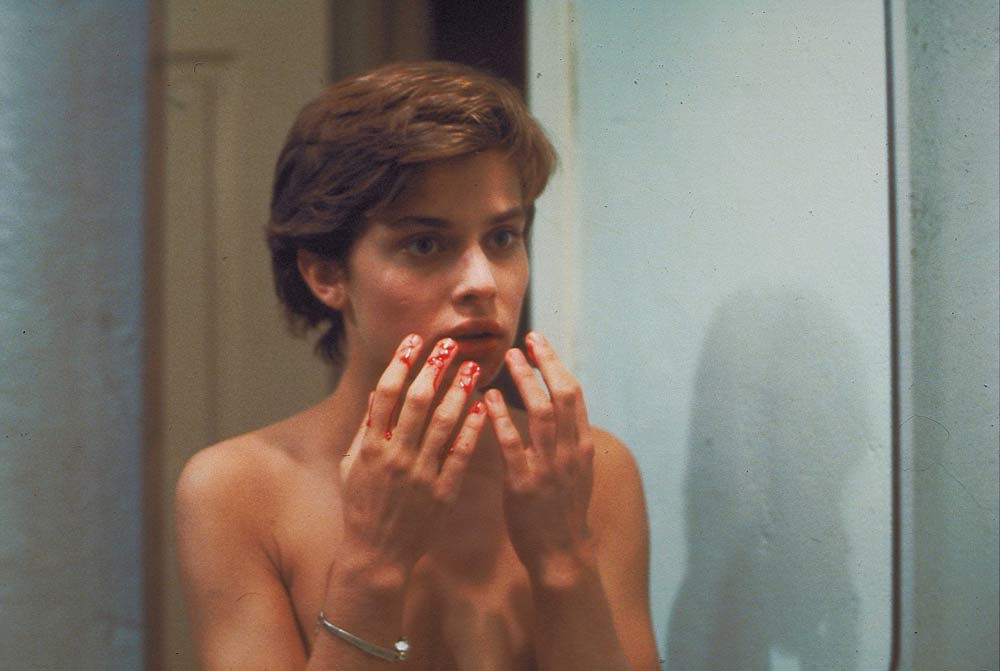
(C) 1982 Universal City Studios, Inc. All Rights Reserved.
“Cat People” Paul Schrader aspires to collaborate with foreign artists
2021.02.10
Visual advisor who can decide on costumes, makeup, and even camera angles
In the late 1970s, Universal Studios was working on remakes of classic science fiction films such as `` The Planet X '' (1982), and ``Cat People'' (1942) was also included in the lineup.
Jerry Bruckheimer was a young producer who would later become a huge power in Hollywood, working on blockbuster hits such as `` Flashdance '' (1983), `` Beverly Hills Cop '' (1984), and `` Top Gun '' (1986). ``Cat People'' was a project that began when he once again approached Paul Schrader, with whom he had collaborated on `` American Gigolo .''
The original version of ``Cat People'' (1942) was a psychological horror that avoided direct expression, treating animal motifs such as cats and leopards as the cause of the protagonist's delusions and mental pathology. There was a script written based on that original version, but Paul Schrader took a more direct visual approach and changed the story to a leopard-human clan. He was trying to create an erotic horror story with an outrageous setting in which he transforms from a human into a leopard when he experiences sexual excitement, and returns to his human form when he commits a murder.

"Cat People" (C) 1982 Universal City Studios, Inc. All Rights Reserved.
For Paul Schrader, being in a position where he could focus solely on directing without writing his own scripts was a good opportunity for him to focus on achieving visual uniqueness without having to worry about story or theme. Director Paul Schrader, cinematographer John Bailey, and art director Ferdinando Scarfiotti set out to create a horror film using their own unique visual language. He tried to tell a story through paintings by focusing on color and design.
Ferdinando Scarfiotti had a huge influence on this film. Because of his unique title of visual advisor, he had the authority to stop filming on the spot if he didn't like how things were going on set. He doesn't show the set to anyone until it's completed, and then he takes them to the set and explains what angles he built it to see it from. Ferdinand is the one who decides the priority of the angles.
For the zoo that appears in the movie, a huge set was built at Universal Studios, allowing for unlimited camera work. Most importantly, the costumes and make-up were all under Ferdinand's direction. All elements are decided around the two theme colors that run through the work, salmon pink and lime green, and a visual language is created. In Hollywood, where unions are strong, it is considered unethical to go beyond one's professional boundaries, and Scarfiotti, who is both Italian and gay, seems to have faced considerable criticism from the staff. However, Paul Schrader took a stance to protect him from slander. This experience led to his later films.
It's also amazing that Jerry Bruckheimer, who now only has the impression of working in large-scale major films, was able to stand by Paul Schrader and show his understanding of the unconventional staffing.

